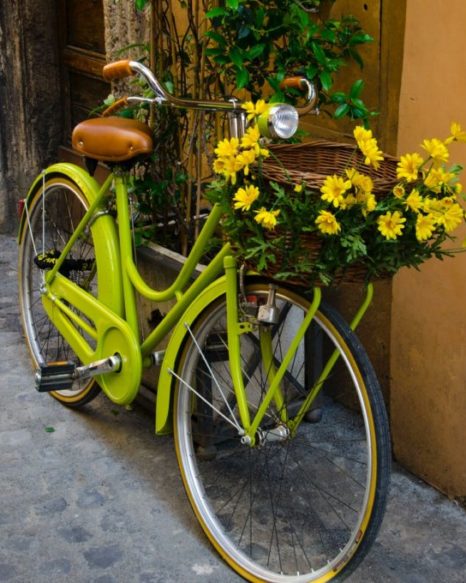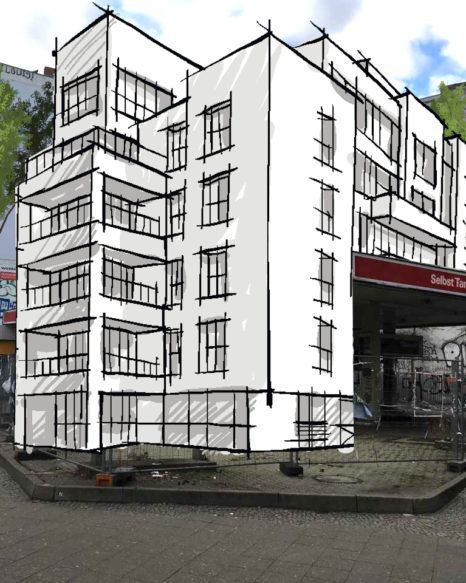Cycling as a matter of course Many people in this country perceive cycling as a leisure or sport activity that is mainly practised on holiday or trips. As an everyday means of transport, cycling seems to be an option for only a few - with exceptions such as in Münster and Bremen.
Four common trends which are leading to scarcity of space for active mobility In most Central European cities the public space and especially the space for active transport is increasingly...
Alexander Czeh untersucht in seiner Dissertation die Potenziale der Verkehrswende für den Wohnungsmarkt am Beispiel von „off-street automobile infrastructure“, der Autoinfrastruktur außerhalb des Straßenraumes. Da nachhaltige Verkehrsträger deutlich weniger Platz...
Here's how. Rethinking and implementing pedestrian traffic in cities: Walking is "in". More and more cities are creating zones for encounters and turning parking spaces and lanes into wider walking and cycling paths or attractive squares. The city is becoming a second living room for many people who walk.
This paper presents different visions of the energy transition by first outlining the most important individual decisions on the path to the goals of the energy transition.
In 2019, Brandenburg faces major challenges and important decisions. The Policy Brief contains recommendations for structural change and mobility to policy makers.
How will people move in the future? Which drive technologies will prevail? And what role will the future gas station play?
The current paper summarises the status and evolving trend in cargo-bikesharing by analysing five essential aspects of current cargo-bikesharing schemes in Germany, Austria, and Switzerland.
The purpose of this study is to analyse the effects of residential and travel preferences on mode use in a new inner-city development in Berlin. In contrast to the majority of related studies, we consider these preferences in a more holistic way by grouping residents into clusters.
Julia Jarass uses the example of a new inner-city development in Berlin to investigate the relationship between residential and everyday mobility.




